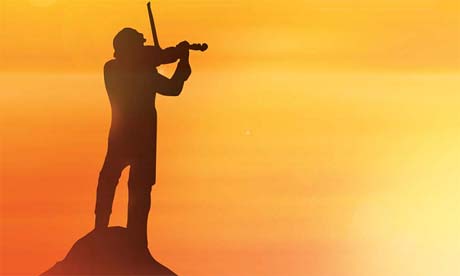 In conversations about media mix strategies in the world of advertising, there are more opinions floating around than there are so-called experts giving them.
In conversations about media mix strategies in the world of advertising, there are more opinions floating around than there are so-called experts giving them.
Should marketing dollars shift totally to digital? Can you achieve reach, frequency, and engagement goals by just going with mobile, social, and the web? Or is there still a need for traditional advertising on television, in print, and on the radio?
For answers, why not turn to true experts in the media world – the geniuses at Google. Even though their recent quarterly results were apparently disappointing to Wall Street (they had a Q1 profit of $3.45 billion, up from one year ago, but lower than analysts expected), no one knows the digital ad space like Google. Essentially, they invented it.
So how are they marketing their video baby, YouTube, and some of its most prominent producers and talent?
With traditional media.
That includes network and cable television, outdoor, and magazines – because YouTube CEO Susan Wojcicki realizes just how difficult it is to bring attention to its TV stars and hosts when users are searching through millions and billions of videos. How are you going to happen upon these clever, innovative creators amid the sea of homemade videos and amateur efforts that clog the site? Thus, the need for mass market advertising to raise awareness for YouTube’s best video creators.
As it turns out, the spots are great, the talent is compelling, and it makes you want to journey over to YouTube to see more – exactly what Wojcicki is hoping to accomplish. Here’s one featuring Rosanna Pansino – someone you want to watch.
>EMAIL RECIPIENTS: CLICK HERE TO WATCH ROSANNA PANSINO VIDEO CLIP<
Pansino is delightful, compelling, funny, and interesting. She draws you right into her world of crazy, creating cooking and baking.
But first you have to know that she exists.
Thus, YouTube needs big, traditional media – the same channels it has disrupted – in order to build awareness and interest in our video stars. (And BTW, there’s no sign of a debate among these networks about whether they should be taking YouTube’s dollars, in contrast to some of the controversy involving radio accepting advertising from its disrupter, iTunes Radio.)
So here’s the question: Doesn’t YouTube’s strategy apply to the music industry?
As we’ve showcased in this space, broadcast radio continues to be the go-to medium for a majority of consumers when it comes to music discovery. And when you think about just how arduous it can be to find new songs and new artists on iTunes, Spotify, Pandora, and others, it makes you wonder why the labels wouldn’t go back to a tried and true formula for bringing awareness to artists and albums:
Advertising on the radio.
It wasn’t that long ago when the music business relied heavily on radio advertising to launch new bands, levitate its superstars a bit higher, and occasionally resurrect an act that had seen better days.
Like YouTube using traditional media, raising awareness in a digital sea of search, click, and skip just makes sense.
How many fledgling artists and bands – like Rosanna Pansino – are there that are just bubbling under? A test market project for an up-and-coming band on a group of influential stations might prove to be a telling experiment and a wiser investment of dollars than Facebook ads, banner ads on mobile games, or yes, even YouTube pre-rolls.
Which artist and label will be the first to employ that YouTube strategy by going the traditional route with radio?
- What To Do If Your Radio Station Goes Through A Midlife Crisis - April 25, 2025
- A 2020 Lesson?It Could All Be Gone In A Flash - April 24, 2025
- How AI Can Give Radio Personalities More…PERSONALITY - April 23, 2025




Leave a Reply